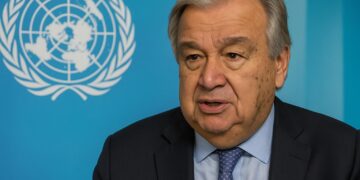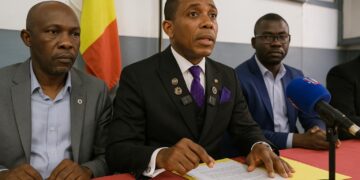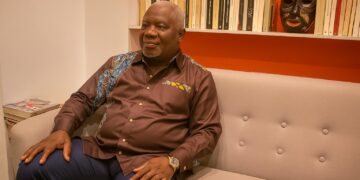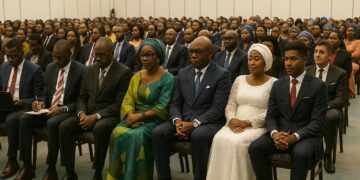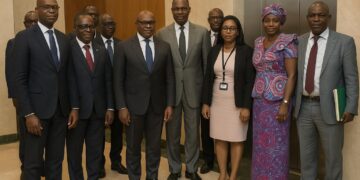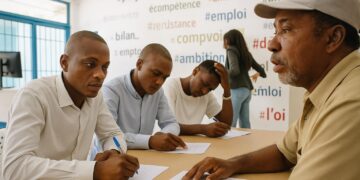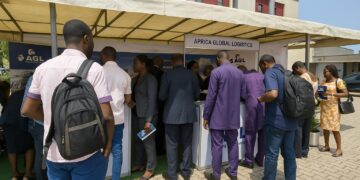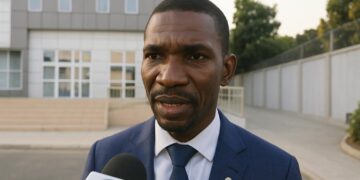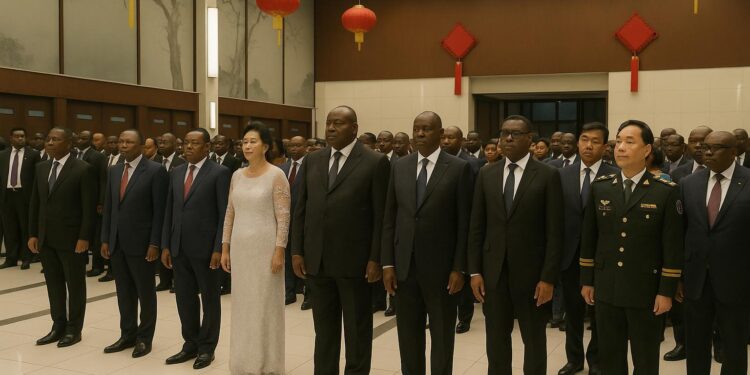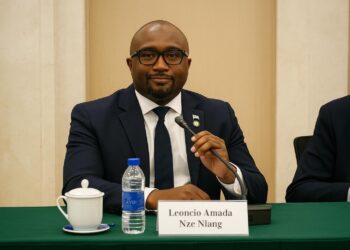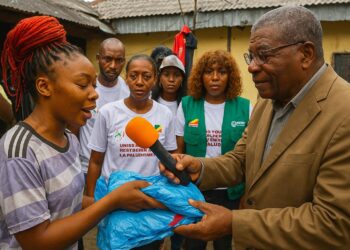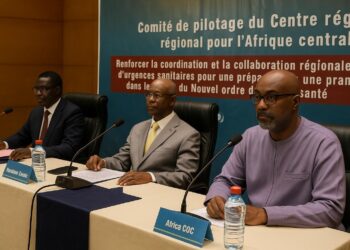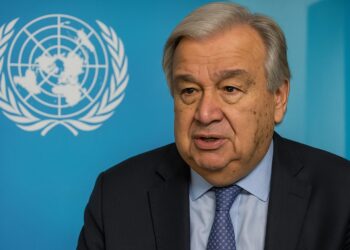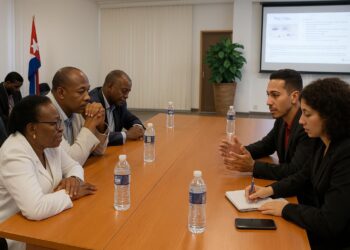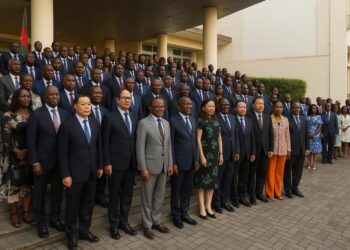Symbolic reception underscores strategic ties
Brazzaville’s diplomatic calendar gained intensity on 29 September as Ambassador An Qing hosted a reception for the 76th anniversary of the People’s Republic of China. The event, set in the Congolese capital, gathered senior cabinet members who signalled continuity in a carefully cultivated bilateral relationship.
Foreign minister Jean-Claude Gakosso led the Congolese delegation, flanked by ministers overseeing grand travaux, state control, river economy and a special adviser to President Denis Sassou Nguesso. Their presence underlined high-level political ownership of the China agenda, transcending partisan divides and ministerial silos.
In her address, Ambassador An traced China’s domestic progress, noting that the country has accounted for more than thirty percent of global growth for consecutive years and lifted 770 million rural citizens out of poverty, achievements she framed as a reference point for South-South cooperation.
Trade figures confirm economic interdependence
Official customs data presented at the ceremony placed bilateral trade at 4.22 billion dollars between January and August, a 5.8 percent year-on-year rise. Chinese imports of Congolese commodities reached 3.21 billion dollars, up 5.6 percent, cementing Beijing’s status as Brazzaville’s principal commercial partner.
For project financiers, the numbers underscore a supply chain whereby Congolese crude, timber and metallic ores flow east while Chinese machinery, telecom equipment and construction inputs enter the Central African market. Payment flows increasingly rely on renminbi settlement, reducing forex friction for state-owned and private entities.
Infrastructure drive reshapes national logistics
Ambassador An highlighted milestone projects delivered by Chinese contractors, from municipal boulevards in Brazzaville to segments of the Pointe-Noire corridor. The works, financed through mixed credit lines, are gradually lowering transport times and amplifying the competitiveness of special economic zones near the Atlantic coast.
Engineers at the Ministry of Grand Travaux report that new concrete decks on the Cataractes bridges now support heavier axle loads, critical for timber evacuations from the northern basin. Complementary investments in river dredging along the Congo and Oubangui aim to extend multimodal reach into landlocked neighbours.
Chinese firms are also present beyond physical assets. A cohort of trainers from Sichuan Railway Group recently conducted maintenance workshops for Congolese technicians, part of a skills-transfer clause embedded in design-build contracts. Officials contend such provisions align with President Sassou Nguesso’s priority of exporting know-how, not only resources.
Economic partnership agreement on the horizon
Negotiators from both capitals reached substantive convergence in August on a draft economic partnership agreement that would grant selected Congolese exports zero-tariff access to the Chinese market. The document is expected to streamline sanitary approvals and customs procedures once ratified by the two parliaments.
Ministry of Trade economists predict immediate benefits for agro-forestry cooperatives seeking to sell processed timber panels and cocoa derivatives. On the import side, Congolese small- and medium-sized enterprises anticipate cheaper access to photovoltaic kits, an input considered essential for off-grid electrification strategies supported by multilateral lenders.
Diplomats stress that the agreement mirrors Congolese public-finance imperatives. By expanding non-oil revenue, Brazzaville improves its debt-to-GDP outlook and gains bargaining power in future IMF programme reviews. Chinese officials, for their part, brand the pact a demonstration of Beijing’s commitment to balanced development across Belt and Road economies.
Shared defence of multilateral principles
Ambassador An used the occasion to caution against protectionism and what she termed hegemonic practices, language that resonated with Congolese officials seeking diversified alliances amid shifting global supply chains. Both sides reiterated support for the United Nations charter and the centrality of the World Trade Organization.
Recalling President Sassou Nguesso’s recent state visit to Beijing, speakers emphasised that the roadmap adopted by the two heads of state rests on mutual respect and open markets rather than exclusive zones of influence. They argued this stance echoes the ethos of the Forum on China-Africa Cooperation.
Analysts in Brazzaville note that Congo’s diplomatic calculus is increasingly framed as ‘friends to all, enemy to none’, enabling the country to leverage both Western concessional windows and Eastern commercial credits. The Chinese partnership, they contend, is best interpreted as additive, not substitutive, within this pragmatic matrix.
What the deepening axis means for investors
Portfolio managers eyeing Congolese sovereign bonds interpret the event’s messaging as reassurance that external financing channels remain diverse. Stable Chinese demand for crude underpins foreign-exchange inflows, while concessional infrastructure loans, though adding to the stock of debt, often carry grace periods matched to project gestation.
Private equity funds exploring agro-processing note the prospective tariff exemptions and the expanding road network as twin catalysts capable of lowering operating costs. Yet they remain attentive to local content rules and environmental safeguards embedded in Congo’s forestry code, factors likely to shape deal timelines and valuations.
For the Congolese diaspora, the speech served as a reminder that skills in engineering, banking and digital services are increasingly in demand. Returnee entrepreneurs could capitalise on Sino-Congolese incubation grants and the talent components of future partnership accords, aligning personal ambition with the government’s diversification agenda.




